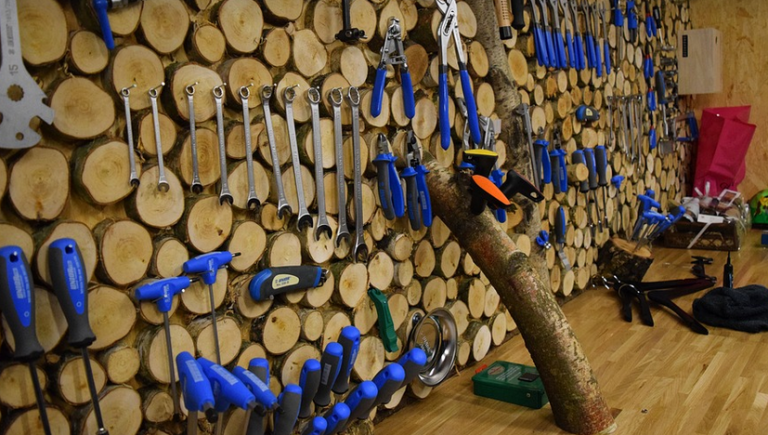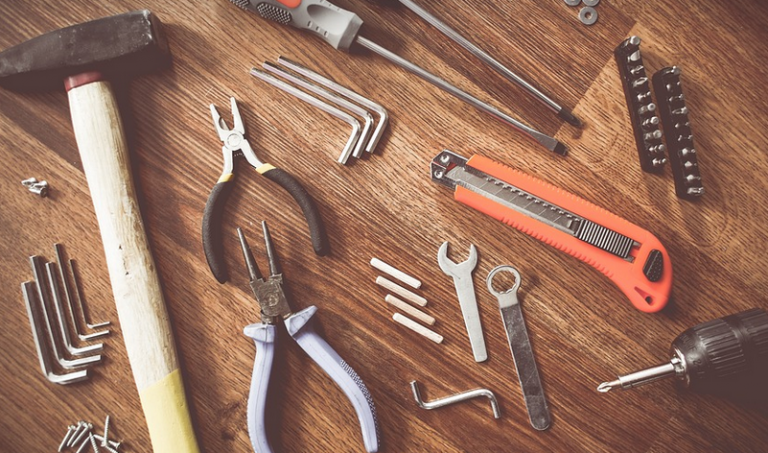
The Engine of Life: Unlocking the Mysteries of DNA Replication
Have you ever wondered how your body manages to grow and repair itself, or simply keep on ticking? It’s all thanks to a remarkable process called DNA replication. This intricate dance of molecules ensures that every new cell inherits an exact copy of its genetic blueprint.
At the heart of this process lies a dynamic protein complex known as the sliding clamp. Imagine it like a microscopic hand holding tightly onto a molecular machine, guiding and ensuring accurate copying of our DNA.
DNA replication is a complex symphony with many players. First, there’s the enzyme **helicase**, which acts like a zipper, unwinding the double helix structure of DNA. This creates two single strands ready for action.
Once the DNA has been unzipped, another crucial player steps in: **primase**. Primase is an intelligent molecular chef who lays down short RNA sequences called “primers,” providing a starting point for DNA polymerase.
Now comes the star of the show – **DNA polymerase**. This enzyme is responsible for adding matching nucleotides to the growing DNA strand, like a diligent and meticulous builder. It reads the template strand and creates a complementary strand with matching bases (A-T, C-G).
However, this process is not simple. To perform its magic, DNA polymerase needs a bit of help from a specialized protein – the sliding clamp. Think of it as a strong rope that wraps around the DNA polymerase and holds it tight to the template strand, ensuring accuracy and efficiency.
But why is this so crucial? You might ask. Well, imagine trying to build a wall without cementing the bricks in place. It would be messy, inefficient, and prone to collapse. Similarly, if DNA polymerase was to move freely on the DNA strands, it could make mistakes. The sliding clamp acts as a safeguard by holding the enzyme firmly onto the template strand during replication.
How does this clamp work? Well, let’s delve deeper into the intricacies of its functionality.
The sliding clamp is built from a complex protein structure with multiple subunits that fit together like puzzle pieces. The core of the clamp is composed of several identical subunits, which form a ring around the DNA polymerase. This ring acts as a platform for the enzyme to bind and stay in place.
This binding action is crucial for proper replication. When the sliding clamp binds to the DNA polymerase, it creates a stable connection between the enzyme and the template strand. Imagine holding on tightly to your blueprint while you work
This constant clamping action allows the DNA polymerase to “slide” along the DNA template strand with precision, ensuring that each new nucleotide is added in the correct position.
The sliding clamp’s ability to restrict movement and hold on tight is vital. It ensures a smooth replication process, minimizing errors such as duplication of bases or the insertion/deletion of nucleotides. This prevents mutations from accumulating during cell division, which can lead to genetic diseases.
The significance of the sliding clamp extends beyond its role in DNA replication. It plays a crucial role in other cellular processes too, including transcription (the process of making RNA copies of genes) and recombination (the exchange of genetic material between chromosomes). This versatile protein truly highlights the intricate coordination and complexity of life at its most fundamental level.
The sliding clamp is a testament to nature’s elegant and efficient design. A tiny protein complex, yet with immense power and purpose, it plays a vital role in ensuring that DNA replication occurs smoothly and accurately. It’s a reminder that the smallest components can often make the biggest impact on life itself.
The study of sliding clamp continues to be a bustling area of research. Scientists are uncovering the secrets of its structure and function, seeking new insights into how it contributes to various cellular processes. As our understanding deepens, we gain a greater appreciation for the intricate dance that sustains life.



